Nine years have passed since Russia annexed Ukraine’s Crimea region, and has taken control of over 15% of the country since the start of the Moscow-Kyiv war more than a year ago.
Protests broke out in the Ukrainian capital Kyiv on Nov. 21, 2013, after Viktor Yanukovych, then the country’s pro-Russian president, refused to sign an association agreement with the EU, resulting in mass protests and public outcry that led to Yanukovych fleeing the country on Feb. 22, 2014.
Pro-Western politicians took over the government following Yanukovych’s departure, meanwhile, military units coming from the Russian base on the peninsula became visible in various cities of the country.
Russian troops eventually moved into the peninsula, despite violating agreements from 1997 and 2010 between Kyiv and Moscow on the location of the Russian Black Sea Fleet.
Pro-Russians began to put pressure on Ukraine’s parliament for Crimea’s annexation by Russia on Feb. 25, 2014, and nearly 400 pro-Russian supporters demanded a referendum for Crimea to declare its independence after blocking access to the region’s parliament.
Two days later, gunmen in green military uniforms equipped with masks but no markings began taking control of public buildings.
The “little green men,” as they were later defined, later began pushing Crimean Tatars and Ukrainians away from the peninsula amid the Crimean parliament’s decision to hold a referendum for the annexation of the region to Russia.
Despite the Crimean Tatars’ objection and boycott of the parliament’s decision, a so-called referendum was held in the region on March 16, 2014, the outcome of which gave support in favor of Crimea’s annexation.
International organizations, including the UN, and many countries, such as Türkiye, opposed the referendum and deemed it illegal, while Russia recognized the referendum.
Pressure on the Crimean Tatars increased soon after Crimea’s illegal annexation, especially over the events of Feb. 26, when some 10,000 people squared off against a group of pro-Russian separatists.
The rights of the Crimean Tatars began to be violated resulting in many being arrested, while the Mejlis of the Crimean Tatars was listed as an “extremist organization” by Moscow.
Most recently, a part of Russia’s offensive as part of its “special military operation” in Ukraine was launched through Crimea.
The war has led to the organization of referendums similar to that previously held in Crimea in Ukraine’s Donetsk, Luhansk, Zaporizhzhia, and Kherson regions, later resulting in their annexation by Moscow.
These referendums have been widely condemned by the international community, with European nations and the US calling them a “sham.”
Since then, Russia has withdrawn to the left bank of the Dnieper River, leaving the administrative center of the Kherson region, but continues to control a direct land connection to Crimea.
Kherson, located in the north of the Crimean Peninsula, is of great importance for Crimea, where water shortages were experienced after its annexation due to its water resources.
Meanwhile, about 70% of the Zaporizhzhia region, where there is still intense conflict, is under the control of Russian forces, including the Zaporizhzhia Nuclear Power Plant, the largest nuclear power plant in Europe.
Both the Kherson and Zaporizhzhia regions are key for Russia in maintaining a road connection with Crimea through the Donbas region.







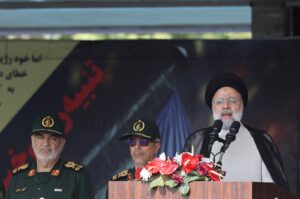

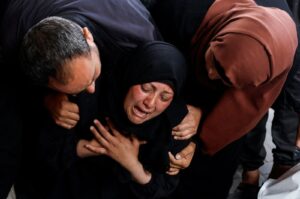




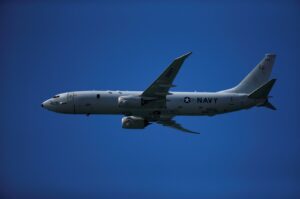
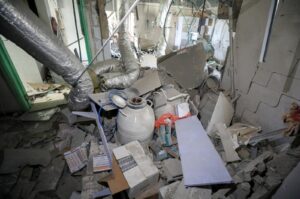

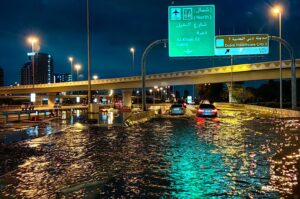





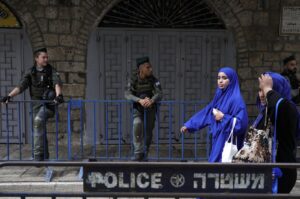



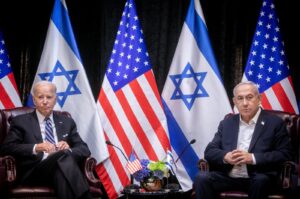
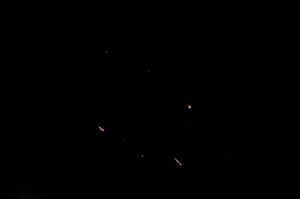







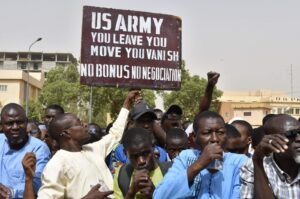






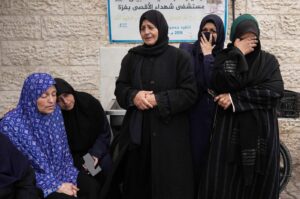

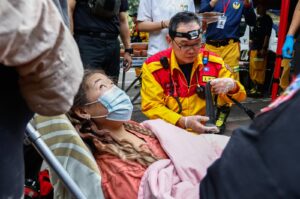







Be First to Comment